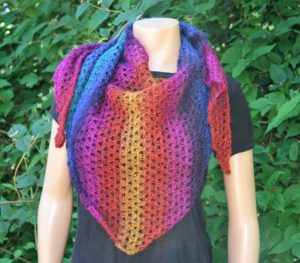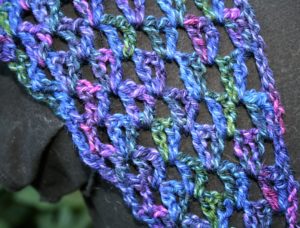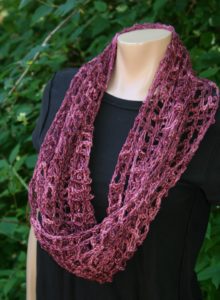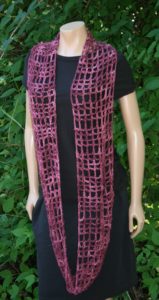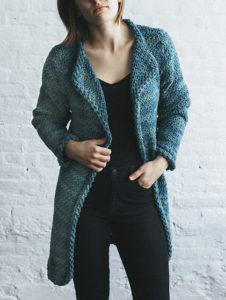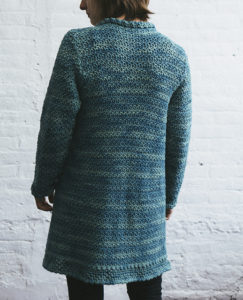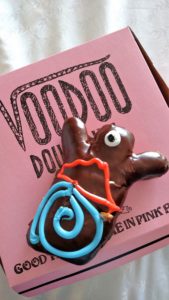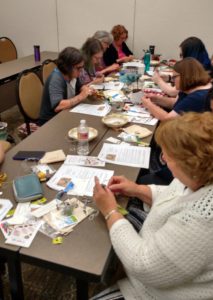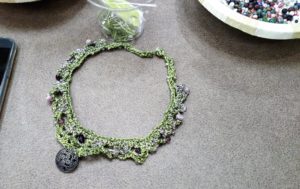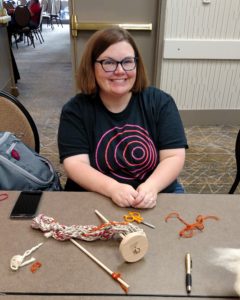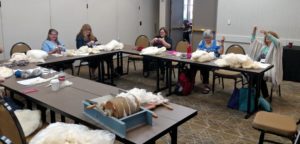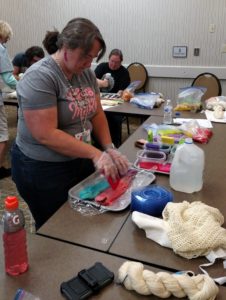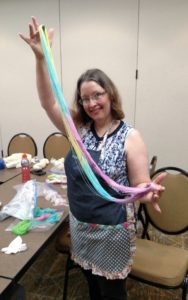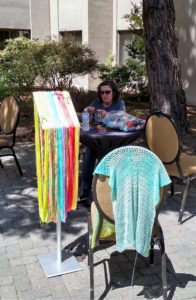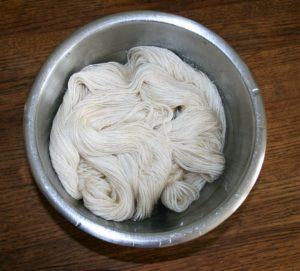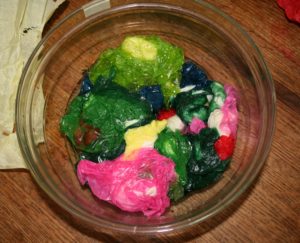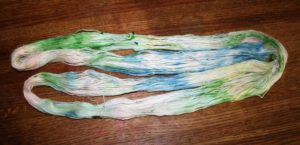 I have always appreciated relatively simple repeat patterns that are successful with only 1 skein, so playing with this design I have actually created a few different variation. The Stair Step Wrap increases is worked side to side, with one edge being straight and the other having all the increasing and decreasing be worked.
I have always appreciated relatively simple repeat patterns that are successful with only 1 skein, so playing with this design I have actually created a few different variation. The Stair Step Wrap increases is worked side to side, with one edge being straight and the other having all the increasing and decreasing be worked.
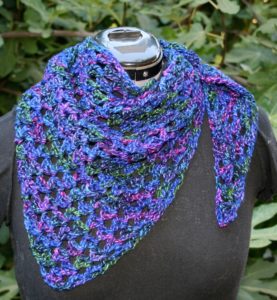 It is simple enough to use any yarn in this pattern, simply choose a compatible hook for the yarn, and work the increase end of the pattern until you have used half of the yarn, then begin the decrease end of the pattern. To know if you have reached the “half way” point of a skein, you can use a kitchen scale to weigh the remaining yarn and subtract this from the total weight of the skein. This should be noted on the band wrapper for the yarn, if not simply weigh all the yarn, used and unused together and divide by 2 to find the halfway point.
It is simple enough to use any yarn in this pattern, simply choose a compatible hook for the yarn, and work the increase end of the pattern until you have used half of the yarn, then begin the decrease end of the pattern. To know if you have reached the “half way” point of a skein, you can use a kitchen scale to weigh the remaining yarn and subtract this from the total weight of the skein. This should be noted on the band wrapper for the yarn, if not simply weigh all the yarn, used and unused together and divide by 2 to find the halfway point.
Stair Step Wrap
Materials:
- Mountain Colors Twizzle light weight 85% merino wool, 15% silk yarn (100g/240 yrds) colorway Lupine
- L/8mm crochet hook
Special Stitches
BegV= (Ch 4, dc in same st) counts as dc + ch 1
V st= (dc, ch 1, dc) in same st
Row 1: Ch 4, dc in first ch, turn.
Row 2: BegV, sk 1 ch, dc in next ch, turn.
Row 3: Ch 3, V st between 1st 2 sts, sk dc and 1 ch, V st in next ch, turn.
Row 4: BegV, V st between next V sts, dc in turning ch, turn.
Row 5: Ch 3, V st between dc and V st, V st bet V sts, sk dc and 1 ch, V st in next ch, turn.
Row 6: BegV, V st bet each V st across, dc in turning ch, turn.
Row 7: Ch 3, V st between dc and V st, V st bet each V sts across, sk dc and 1 ch, V st in next ch, turn.
Row 8-31: Rep Rows 6 & 7
Row 32: Rep Row 6
Decrease End
Row 33: Ch 3, V st between dc and V st, V st bet each V sts across, sk dc and 1 ch, dc in next ch, turn.
Row 34: Ch 3, V st bet each V st across, dc in turning ch, turn.
Row 35-62: Rep Rows 33 & 34
Row 63: Ch 3, V st between dc and V st, sk dc and 1 ch, dc in next ch, turn.
Row 64: Ch 3, sk V st, dc in turning ch, fasten off. Weave in ends, block.
I have worked this up in a couple of different yarns, this one I like too. It was made with Plymouth Yarns Arya Ebruli 